How to build a PHP running environment
This article mainly shares with you how to build a PHP running environment, hoping to help everyone.
Foreword:
The final effect of the previous article:

-
Add the bin directory under Apache and the bin directory under MySQL to the system's "Environment Variables":

3. Create a new "test.php" under Apache/htdocs, where htdocs is the default site folder of Apache:
If the code is executed If successful, it means that PHP is successfully built. The code is as follows:
<?php
echo "Hello Worls!"; echo "<br>当前时间为:".date("Y-m-d H:i:s");?> as shown in the picture: 
1. Configure Apache
Open Apache/conf/httpd.conf, as shown in the picture: 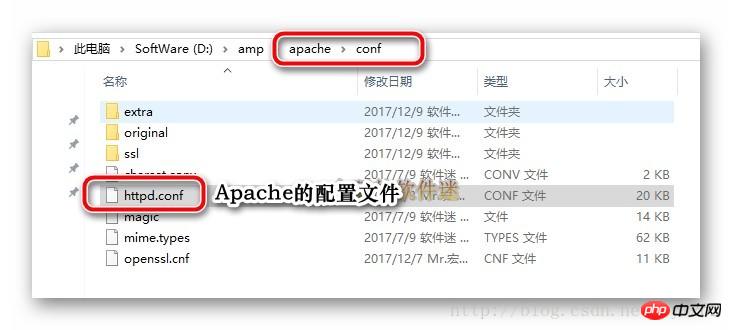
Write three lines of code:
#加载PHP模块LoadModule php5_module "D:/amp/php/php5apache2_4.dll"#当执行后缀为php的文件,就去找这个模块执行AddType Application/x-httpd-php .php#载入php配置文件PHPIniDir "D:/amp/php"
As shown in the picture: 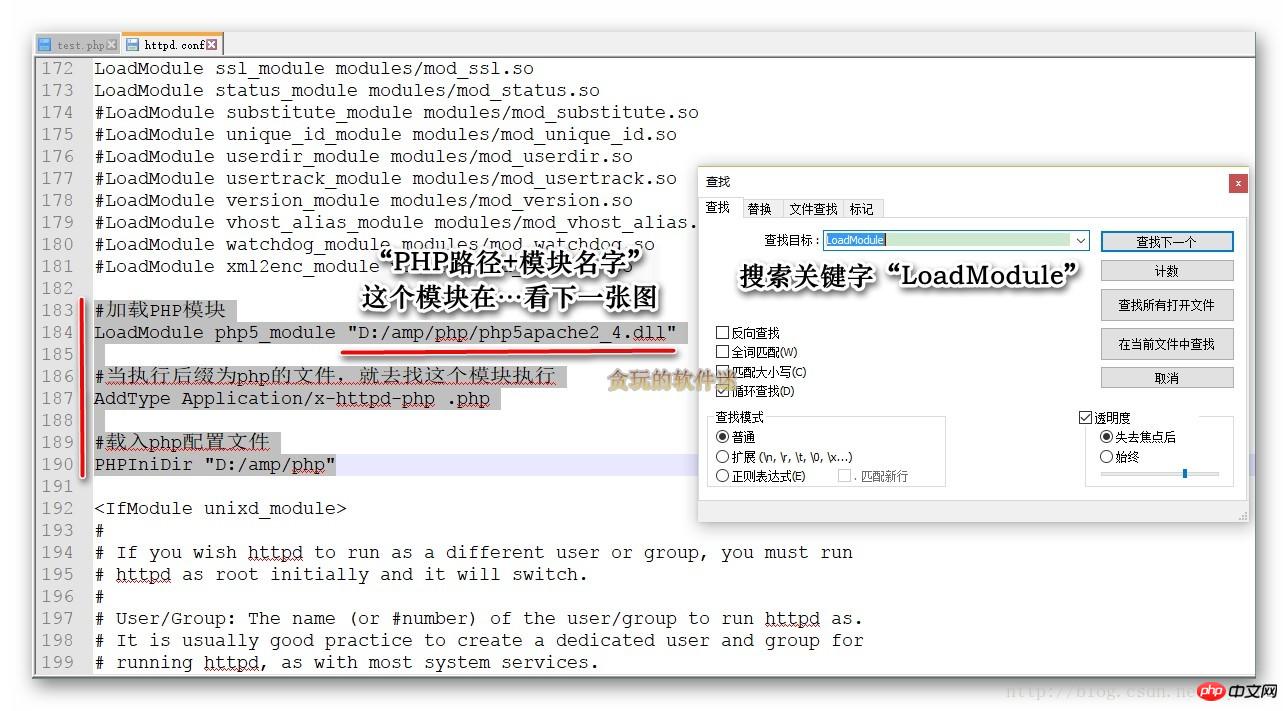
First The module mentioned in the line is in the php directory, as shown in the figure: 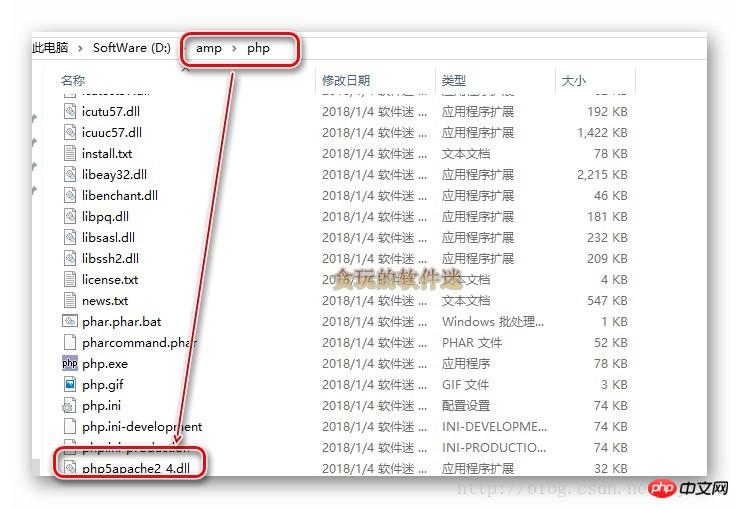
After saving, don’t rush to start the Apache service. First test the code you just typed. No mistakes! If there are errors, starting Apache will fail. Open cmd, enter: httpd -t
Note: If you have not added Apache's bin to the "environment variables", this should be "D:/amp/apache/httpd.exe" -t (You need to enter the D drive to execute this code. It is recommended to add it directly to the environment variable, which is very convenient) 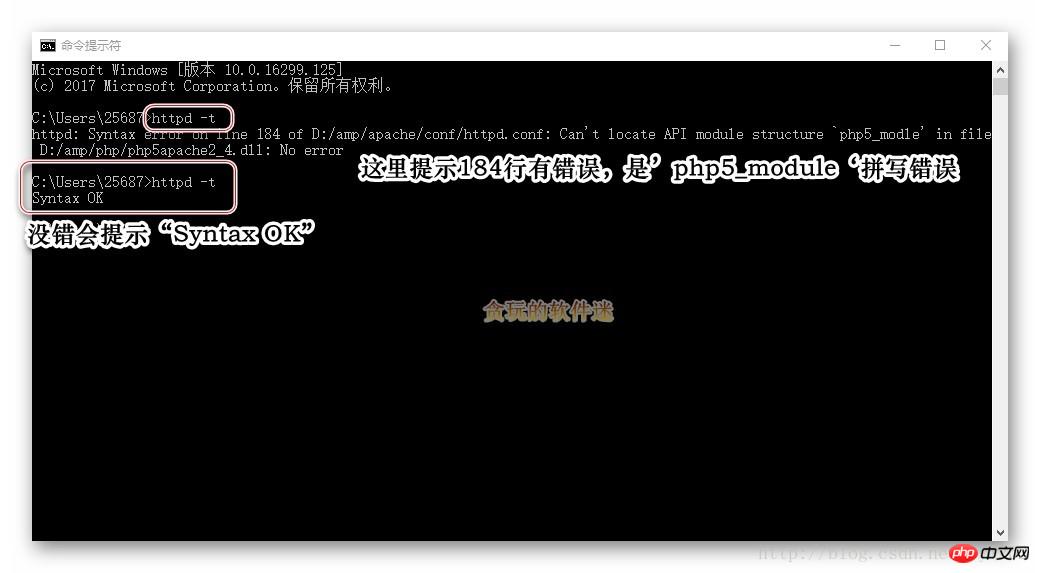
Correct any errors. After completion, start the Apache service: 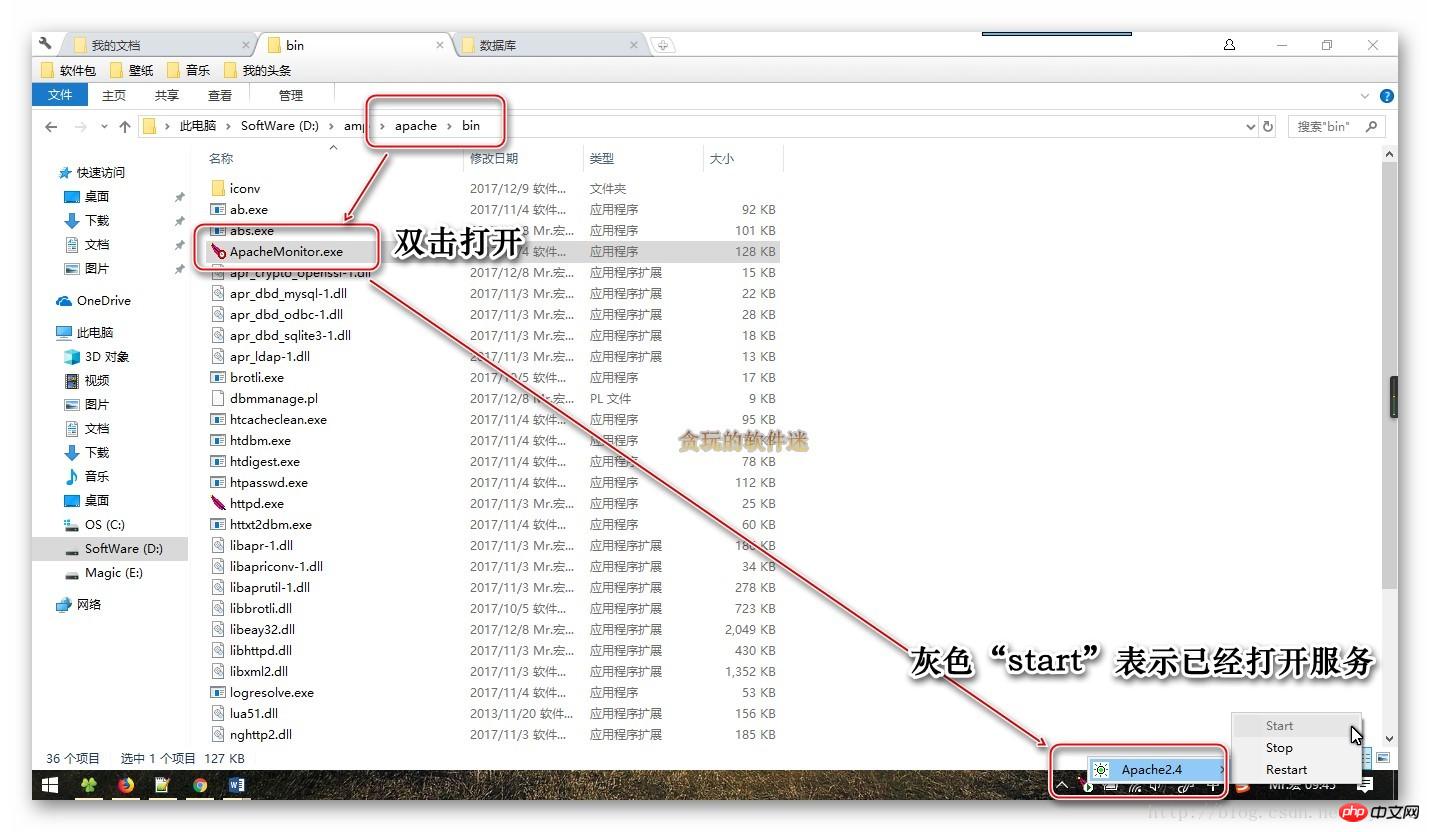
In the browser, enter localhost: 
2. Configure PHP
Manually create php.ini, as shown in the figure:

Change time zone, as shown in the picture:

Refresh the browser:
Add MySQL module support, it’s okay if you haven’t installed MySQL yet, it’s okay to install it after setting it up once:

 In "test. php" add code:
In "test. php" add code:
$link=@mysql_connect("localhost","root","1234");
var_dump($link);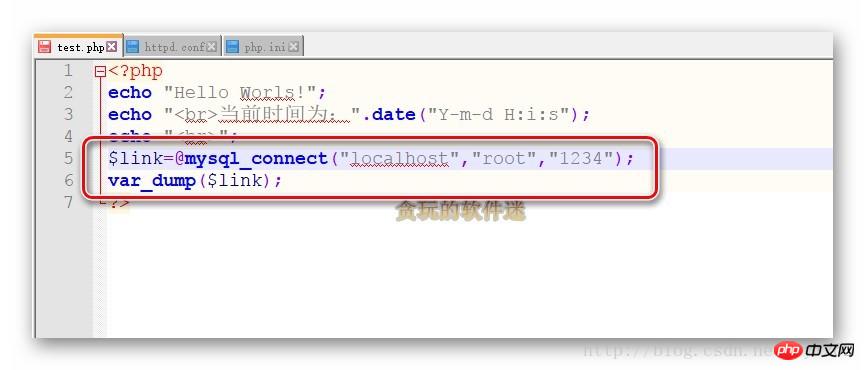
No configuration is required , as long as you
add it to the system's "environment variables". You can go and play with the code to your heart’s content!
Next article: Configuring the site
##The final effect of the previous article:
Add the bin directory under Apache and the bin directory under MySQL to the system's "Environment Variables":

3. Create a new "test.php" under Apache/htdocs, where htdocs is Apache's default site folder:
If the code is executed successfully, it means that PHP is successfully built. The code is as follows:
<?php
echo "Hello Worls!"; echo "<br>当前时间为:".date("Y-m-d H:i:s");?>As shown in the figure: 
##1. Configure ApacheOpen Apache/conf/httpd.conf, as shown in the figure:
 Write three lines of code:
Write three lines of code:
#加载PHP模块LoadModule php5_module "D:/amp/php/php5apache2_4.dll"#当执行后缀为php的文件,就去找这个模块执行AddType Application/x-httpd-php .php#载入php配置文件PHPIniDir "D:/amp/php"As shown in the figure:
 The
The
module mentioned in the first line is in the php directory, as shown in the figure:  After saving, don’t rush to start the Apache service,
After saving, don’t rush to start the Apache service,
Test first Are there any errors in the code you just typed? If there are errors, starting Apache will fail. Open cmd, enter:
httpd -t Note: If you have not added Apache's bin to the "environment variables", this should be
"D:/amp/apache/httpd.exe" -t (You need to enter the D drive to execute this code. It is recommended to add it directly to the environment variable, which is very convenient)  Correct any errors. After completion, start the Apache service:
Correct any errors. After completion, start the Apache service:  In the browser, enter
In the browser, enter
localhost: 
2. Configure PHP
Manually create php.ini, as shown in the figure:

Change time zone, as shown in the picture:

Refresh the browser:
- Add MySQL module support
, it’s okay if you haven’t installed MySQL yet, it’s okay to install it after setting it up once:

In "test. php" add code:
$link=@mysql_connect("localhost","root","1234"); var_dump($link);as shown: ##3. Configuring MySQL
##3. Configuring MySQL
No configuration is required , as long as youadd it to the system's "environment variables"
.Related recommendations:
Detailed graphic and text explanation of how to configure the PHP running environment in Windows8 IISConfiguring the PHP running environment under Win7
PHP running environment configuration and development environment configuration (graphic tutorial)_PHP tutorial
The above is the detailed content of How to build a PHP running environment. For more information, please follow other related articles on the PHP Chinese website!

Hot AI Tools

Undress AI Tool
Undress images for free

Undresser.AI Undress
AI-powered app for creating realistic nude photos

AI Clothes Remover
Online AI tool for removing clothes from photos.

Clothoff.io
AI clothes remover

Video Face Swap
Swap faces in any video effortlessly with our completely free AI face swap tool!

Hot Article

Hot Tools

Notepad++7.3.1
Easy-to-use and free code editor

SublimeText3 Chinese version
Chinese version, very easy to use

Zend Studio 13.0.1
Powerful PHP integrated development environment

Dreamweaver CS6
Visual web development tools

SublimeText3 Mac version
God-level code editing software (SublimeText3)
 Beyond the LAMP Stack: PHP's Role in Modern Enterprise Architecture
Jul 27, 2025 am 04:31 AM
Beyond the LAMP Stack: PHP's Role in Modern Enterprise Architecture
Jul 27, 2025 am 04:31 AM
PHPisstillrelevantinmodernenterpriseenvironments.1.ModernPHP(7.xand8.x)offersperformancegains,stricttyping,JITcompilation,andmodernsyntax,makingitsuitableforlarge-scaleapplications.2.PHPintegrateseffectivelyinhybridarchitectures,servingasanAPIgateway
 Object-Relational Mapping (ORM) Performance Tuning in PHP
Jul 29, 2025 am 05:00 AM
Object-Relational Mapping (ORM) Performance Tuning in PHP
Jul 29, 2025 am 05:00 AM
Avoid N 1 query problems, reduce the number of database queries by loading associated data in advance; 2. Select only the required fields to avoid loading complete entities to save memory and bandwidth; 3. Use cache strategies reasonably, such as Doctrine's secondary cache or Redis cache high-frequency query results; 4. Optimize the entity life cycle and call clear() regularly to free up memory to prevent memory overflow; 5. Ensure that the database index exists and analyze the generated SQL statements to avoid inefficient queries; 6. Disable automatic change tracking in scenarios where changes are not required, and use arrays or lightweight modes to improve performance. Correct use of ORM requires combining SQL monitoring, caching, batch processing and appropriate optimization to ensure application performance while maintaining development efficiency.
 Building Resilient Microservices with PHP and RabbitMQ
Jul 27, 2025 am 04:32 AM
Building Resilient Microservices with PHP and RabbitMQ
Jul 27, 2025 am 04:32 AM
To build a flexible PHP microservice, you need to use RabbitMQ to achieve asynchronous communication, 1. Decouple the service through message queues to avoid cascade failures; 2. Configure persistent queues, persistent messages, release confirmation and manual ACK to ensure reliability; 3. Use exponential backoff retry, TTL and dead letter queue security processing failures; 4. Use tools such as supervisord to protect consumer processes and enable heartbeat mechanisms to ensure service health; and ultimately realize the ability of the system to continuously operate in failures.
 python run shell command example
Jul 26, 2025 am 07:50 AM
python run shell command example
Jul 26, 2025 am 07:50 AM
Use subprocess.run() to safely execute shell commands and capture output. It is recommended to pass parameters in lists to avoid injection risks; 2. When shell characteristics are required, you can set shell=True, but beware of command injection; 3. Use subprocess.Popen to realize real-time output processing; 4. Set check=True to throw exceptions when the command fails; 5. You can directly call chains to obtain output in a simple scenario; you should give priority to subprocess.run() in daily life to avoid using os.system() or deprecated modules. The above methods override the core usage of executing shell commands in Python.
 VSCode settings.json location
Aug 01, 2025 am 06:12 AM
VSCode settings.json location
Aug 01, 2025 am 06:12 AM
The settings.json file is located in the user-level or workspace-level path and is used to customize VSCode settings. 1. User-level path: Windows is C:\Users\\AppData\Roaming\Code\User\settings.json, macOS is /Users//Library/ApplicationSupport/Code/User/settings.json, Linux is /home//.config/Code/User/settings.json; 2. Workspace-level path: .vscode/settings in the project root directory
 Creating Production-Ready Docker Environments for PHP
Jul 27, 2025 am 04:32 AM
Creating Production-Ready Docker Environments for PHP
Jul 27, 2025 am 04:32 AM
Using the correct PHP basic image and configuring a secure, performance-optimized Docker environment is the key to achieving production ready. 1. Select php:8.3-fpm-alpine as the basic image to reduce the attack surface and improve performance; 2. Disable dangerous functions through custom php.ini, turn off error display, and enable Opcache and JIT to enhance security and performance; 3. Use Nginx as the reverse proxy to restrict access to sensitive files and correctly forward PHP requests to PHP-FPM; 4. Use multi-stage optimization images to remove development dependencies, and set up non-root users to run containers; 5. Optional Supervisord to manage multiple processes such as cron; 6. Verify that no sensitive information leakage before deployment
 Building Immutable Objects in PHP with Readonly Properties
Jul 30, 2025 am 05:40 AM
Building Immutable Objects in PHP with Readonly Properties
Jul 30, 2025 am 05:40 AM
ReadonlypropertiesinPHP8.2canonlybeassignedonceintheconstructororatdeclarationandcannotbemodifiedafterward,enforcingimmutabilityatthelanguagelevel.2.Toachievedeepimmutability,wrapmutabletypeslikearraysinArrayObjectorusecustomimmutablecollectionssucha
 The Serverless Revolution: Deploying Scalable PHP Applications with Bref
Jul 28, 2025 am 04:39 AM
The Serverless Revolution: Deploying Scalable PHP Applications with Bref
Jul 28, 2025 am 04:39 AM
Bref enables PHP developers to build scalable, cost-effective applications without managing servers. 1.Bref brings PHP to AWSLambda by providing an optimized PHP runtime layer, supports PHP8.3 and other versions, and seamlessly integrates with frameworks such as Laravel and Symfony; 2. The deployment steps include: installing Bref using Composer, configuring serverless.yml to define functions and events, such as HTTP endpoints and Artisan commands; 3. Execute serverlessdeploy command to complete the deployment, automatically configure APIGateway and generate access URLs; 4. For Lambda restrictions, Bref provides solutions.





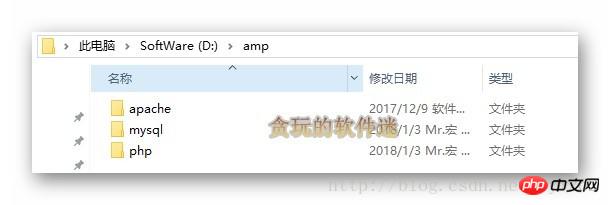
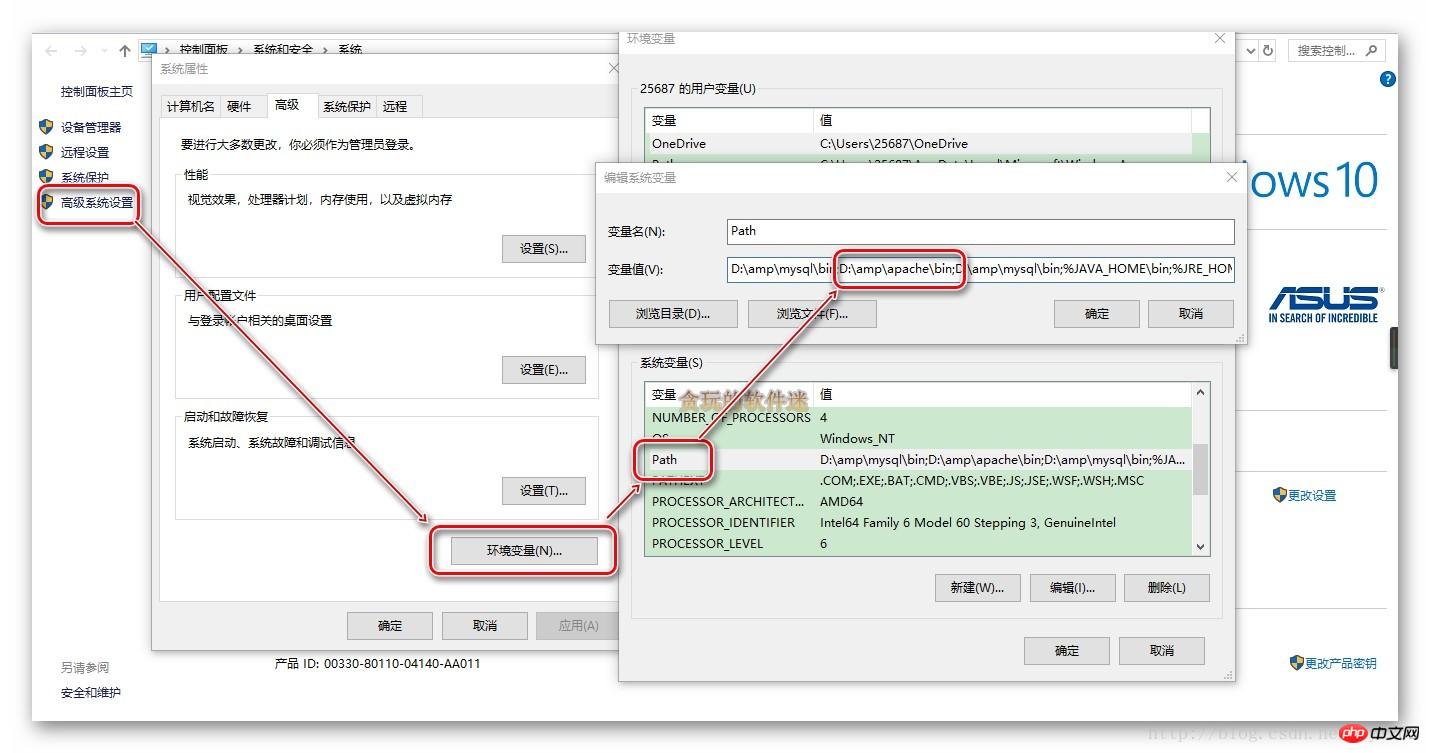

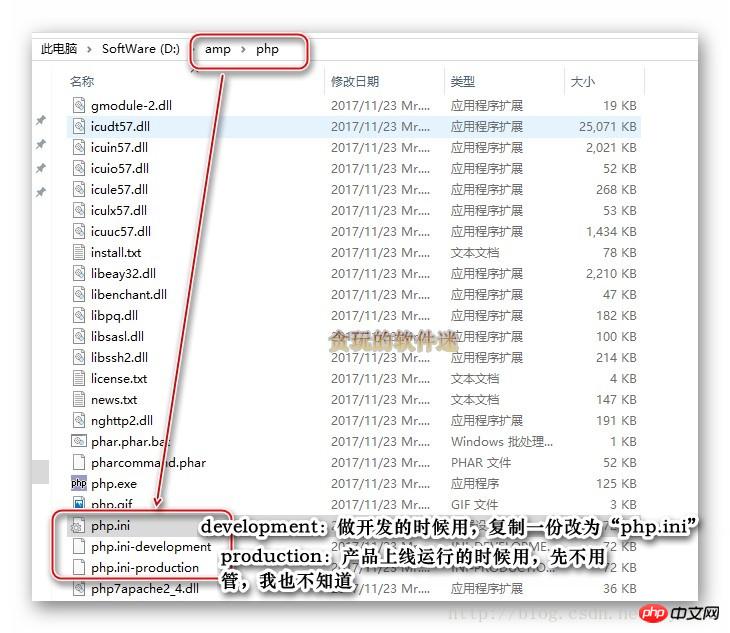
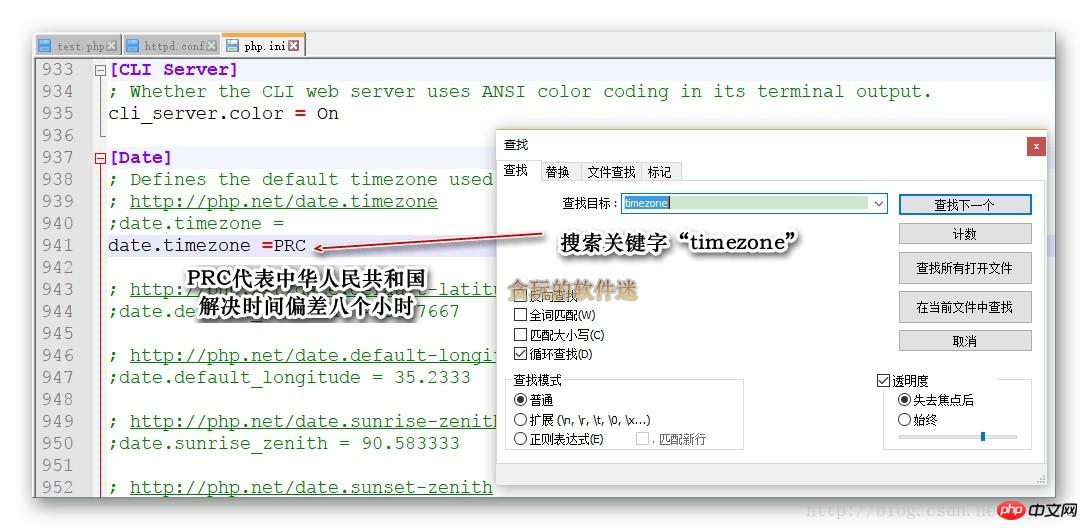

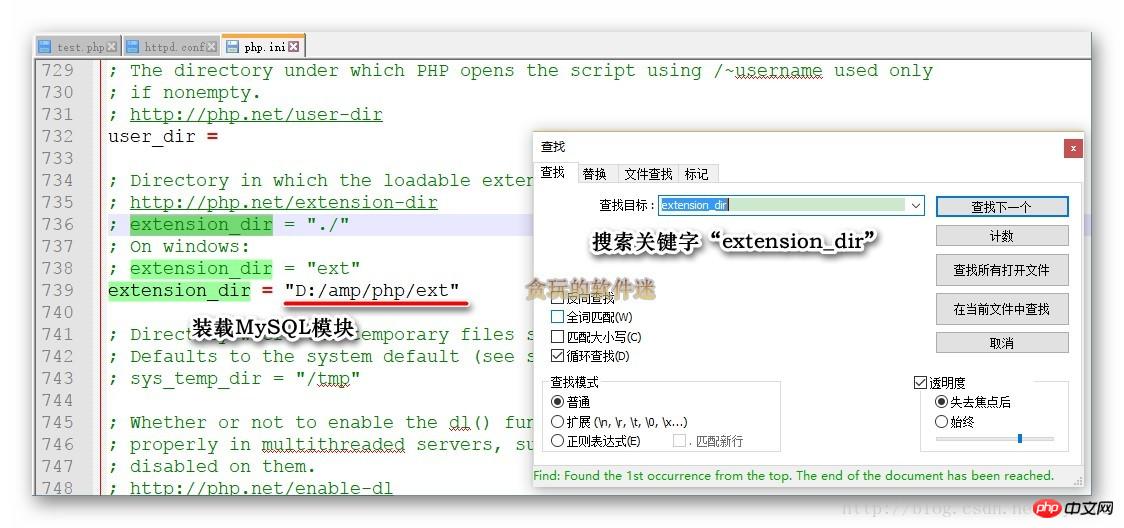
 In "test. php" add code:
In "test. php" add code: 

